From scmp.com
Christine Wong talks about making vegan versions of traditional dishes and snacks in her new cookbook The Vibrant Hong Kong Table
There is no denying that Hongkongers love their meat. The city has the fourth highest meat consumption per capita in the world, at 123kg per year, according to the latest statistics from the World Population Review, including one of the highest per capita figures for pork consumption, at 53kg per year.
To many, it is simply not a meal without some variety of animal flesh on the table. Vegetarians can consider themselves lucky to find anything more than a small handful of suitable options on a restaurant menu, vegans even more so.
Enter Christine Wong Mei-yue and her audaciously ambitious new title The Vibrant Hong Kong Table – a heartfelt homage to Hong Kong masquerading as a cookbook, which reimagines 88 local specialities using strictly vegan ingredients.
“There are a lot of Chinese vegetarian cookbooks out there, but none that try to recreate the dishes exactly like I have,” the 56-year-old foodie says.
Best known to her 100,000 Instagram followers as the plant-based chef and sustainability advocate behind @conscious_cooking, New York-based Wong is currently in Hong Kong for a series of promotional events between October 13 and 17.
The cookbook project grew from a profound sense of nostalgia; Wong still calls Hong Kong home despite having been living in New York for more than two decades.
“Distance makes the heart grow fonder, as they say. Most Hong Kong people in the States have lots of nostalgia, and the things we miss about Hong Kong, any time we talk about Hong Kong, it’s about the food,” she says.
The book is split into four sections, celebrating the various occasions and times of the day that Hongkongers congregate and bond over a bite. They comprise breakfast and dim sum; cha chaan teng and “lunchbox favourites”; family-style dinners, from festival foods to dai pai dongs; and sweets, snacks and siu yeh (late-night snacks).
Present are ambitious vegan appropriations of all the classics, including “beef brisket” noodles (made from jackfruit), salt and pepper “squid” (actually konnyaku yam cake and artichoke heart) and Swiss-style “chicken” wings (made from mushrooms).
It also includes personal mementos, such as “Grandma’s Hong Kong Curry”, inspired by the staple that Wong’s por por (maternal grandmother) would serve on childhood visits.
Many more of these dishes were crowdsourced: when Wong asked members of the “I grew up in Hong Kong in the 1970s/80s” Facebook group for inspiration, she received over 300 responses.
“That post just blew up, and I took a lot of those suggestions,” says Wong, who was also helped by an army of 30 recipe testers recruited on social media from around the globe.
“There’s something about Hong Kong that really touches people’s hearts, whether you live there for just one year or your whole life, and this book really appeals to all those people that had to move or emigrated.”
Among Wong’s most arduous inventions is her approximation of spam, which requires marinating tofu in beetroot to get the appropriately artificial shade of pink, while her elaborate Chinese sausage is constructed by squeezing wheat gluten into Vietnamese spring roll wrappers.
Meanwhile, a key hack for brewing broths is using coconut oil in place of meat fats – essential, Wong says, for conjuring that sated, full-bellied feeling that only a hearty bowl of soup noodles can bring.
The most difficult dish to fake? “Fish balls!” she declares, without pausing for thought. “It’s very hard to get that bouncy, ripe texture.” In the end she combined potato, various flours, wheat starch and tofu to get the desired springiness.
“A lot of it is for the looks – we eat with our eyes first,” she says. “When people look at the pictures, they don’t necessarily even know it’s vegan.”
The big question then: are carnivorous Hongkongers ready for such radical recipe reinventions?
“I don’t know if Hong Kong – or if the whole world – is ready for it, but it’s worth a try,” says Wong, who is also a certified health coach. “A plant-based diet can be tasty, nutritious and healthy, and good for the environment at the same time. And it’s cheaper. That’s a lot of wins – so why not try it?
“If we are going to feed the population in future we need to embrace plant-based food.”
However sacrilegious some traditionalists may find Wong’s approach, it is undeniable her book is rooted in a deep love for Hong Kong’s heritage, culinary and otherwise.
But in fact the idea was sparked as a spirit-raising rebuttal to the widespread discrimination that Asians in America faced during the early stages of the pandemic.
“It began because of Asian hate,” she says. “[During Covid] there were a lot of atrocities in Asian communities – for two weeks I was scared to go out of my house. It wasn’t limited to good neighbourhoods and bad neighbourhoods, daytime and night time – even during the day I was terrified to leave the house.”
Wong, an active member of New York’s Asian American and Pacific Islander (AAPI) community, was motivated into action, sharing positive instruction in self-defence and self-care, hosting virtual dumpling-making workshops, and hand-making more than 500 reusable cloth face masks.
“Because I had such a large platform with Instagram, I decided I needed to do something,” she says. “Not just for myself but for the community. I helped a lot of people through that time.
“The experience made me want to know more about my family, where I come from; to celebrate being Asian and celebrate Hong Kong especially.”
The Vibrant Hong Kong Table is available at Bookazine and G.O.D stores in Hong Kong, as well as online.
For more information on Christine Wong’s events in Hong Kong, visit the Conscious Cooking website.

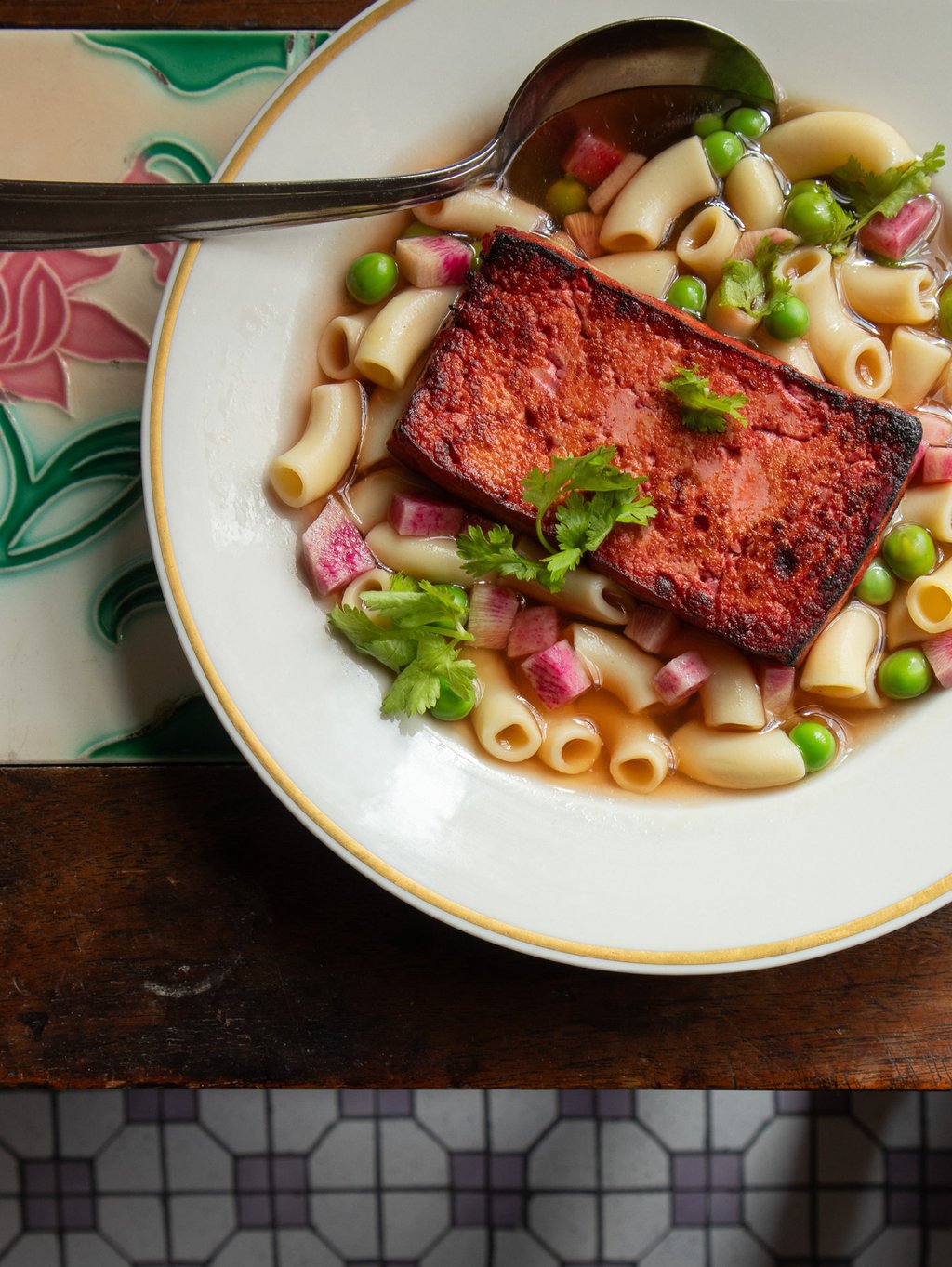
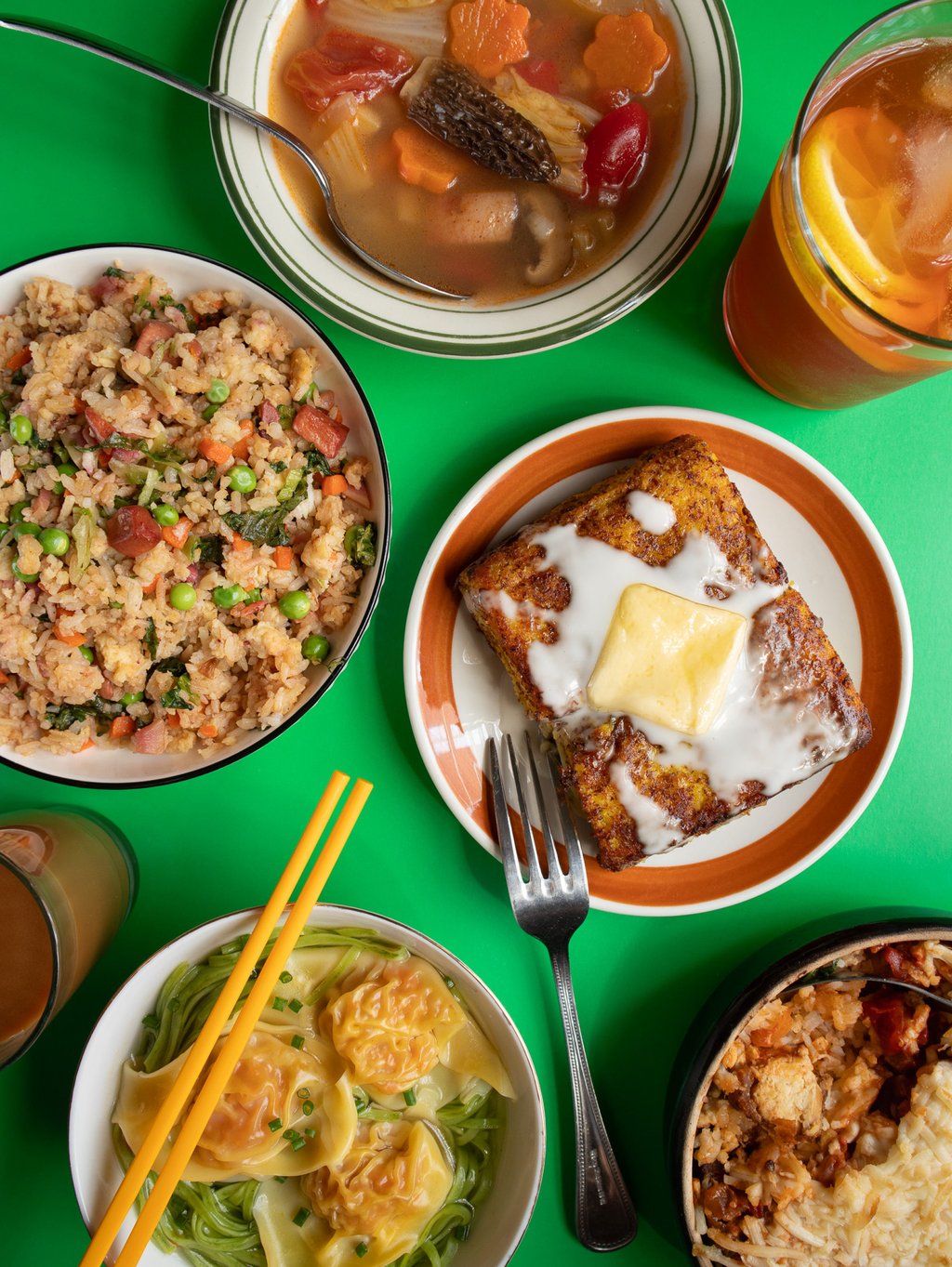
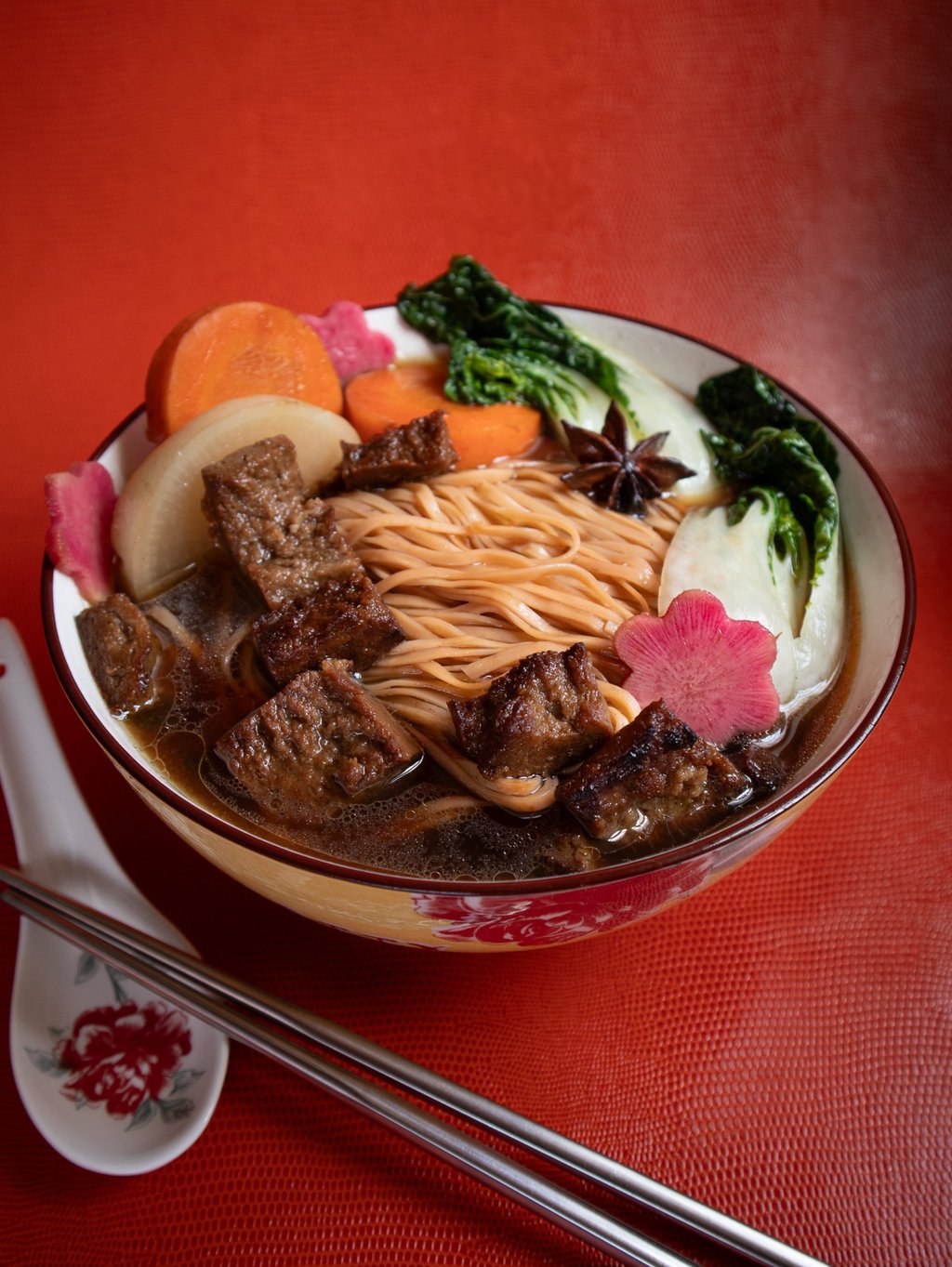
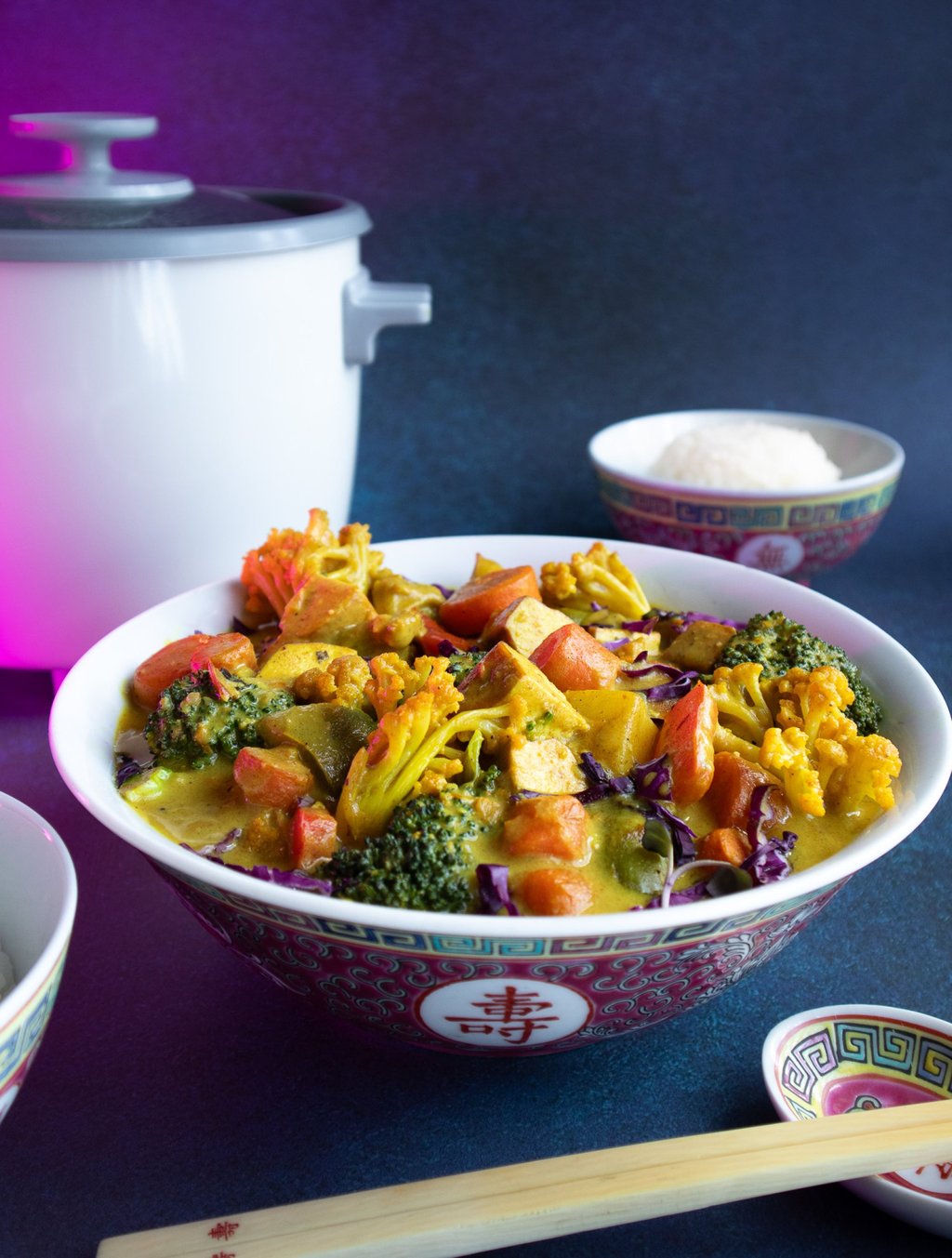
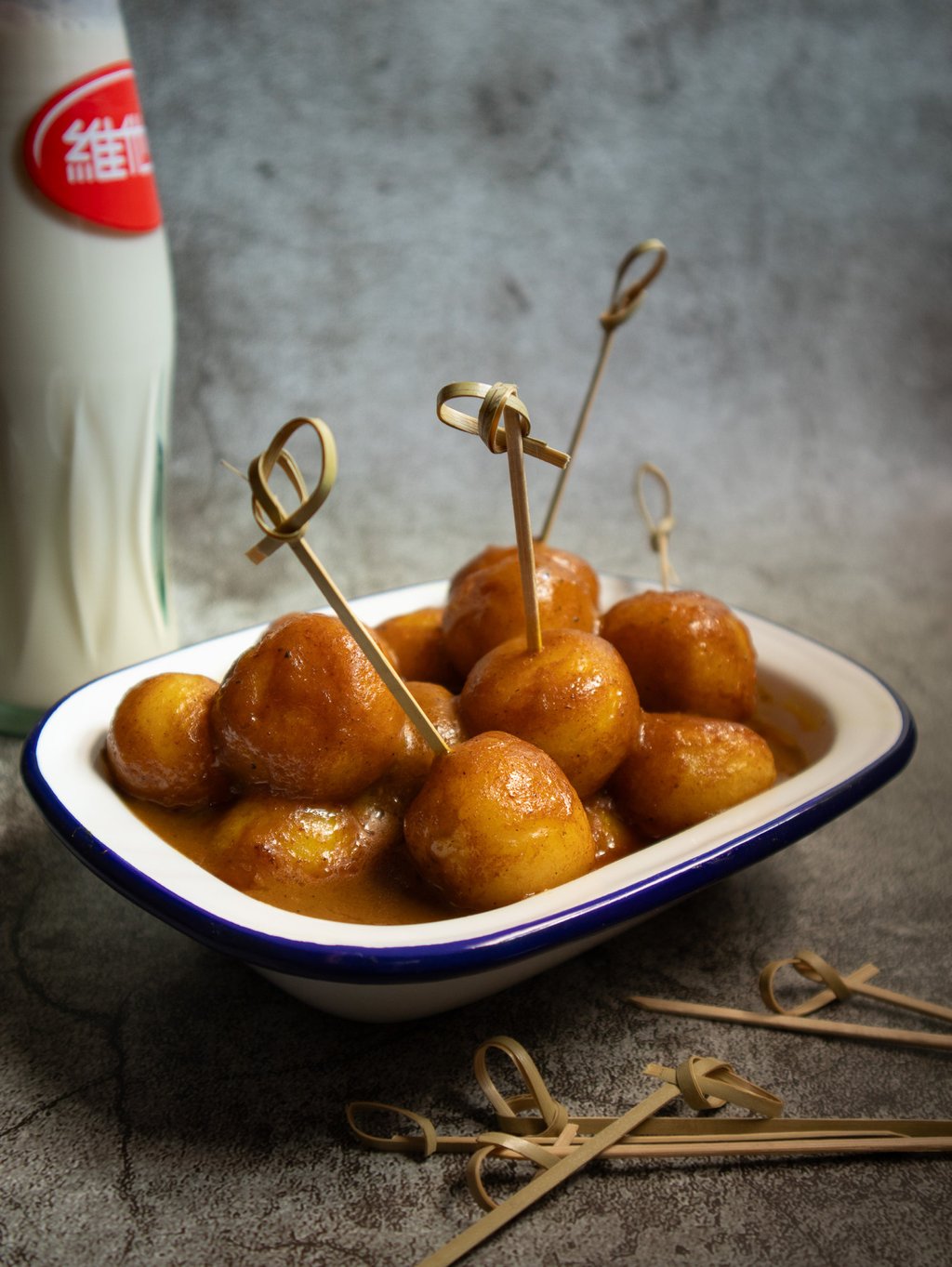
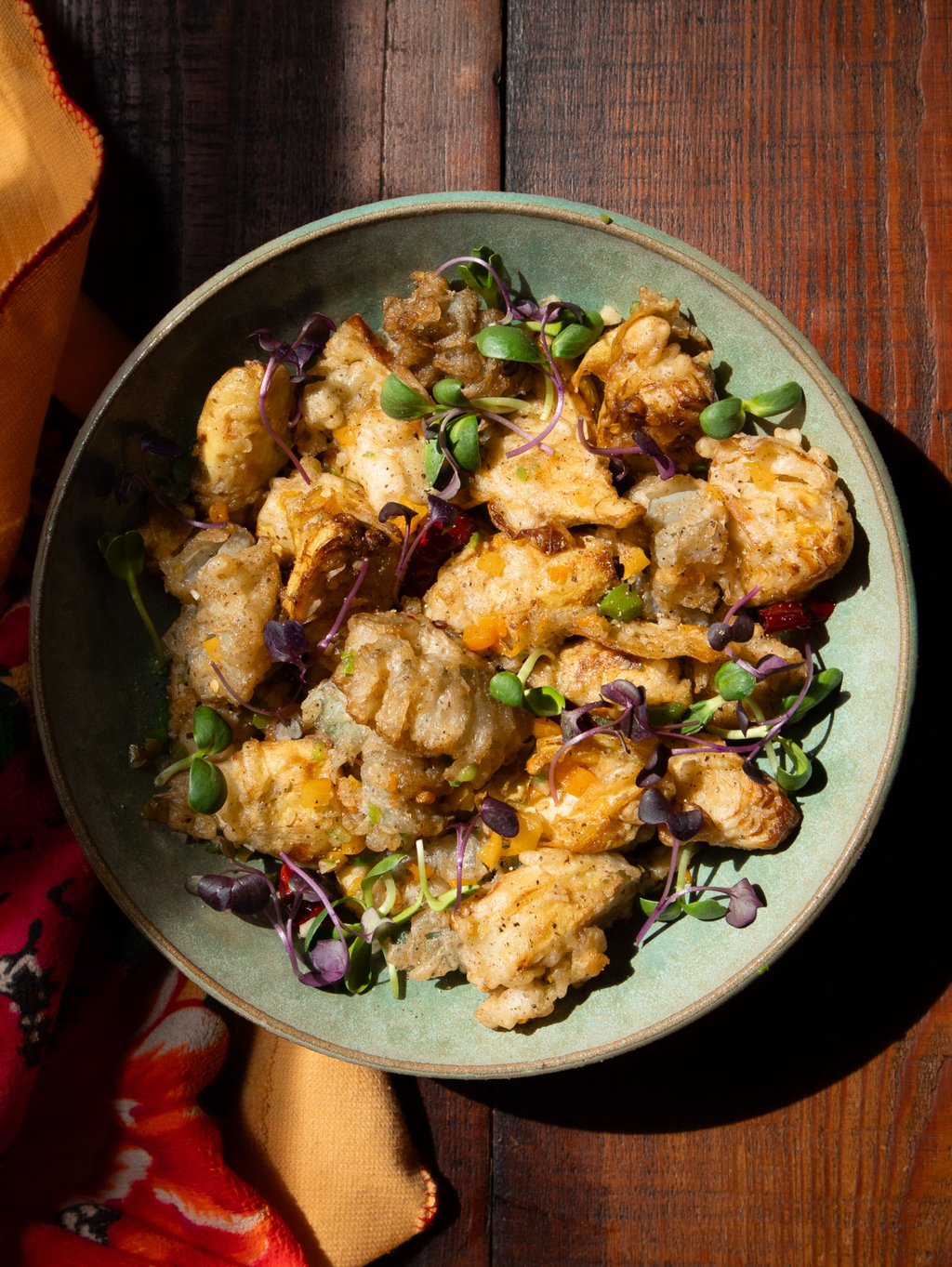
No comments:
Post a Comment